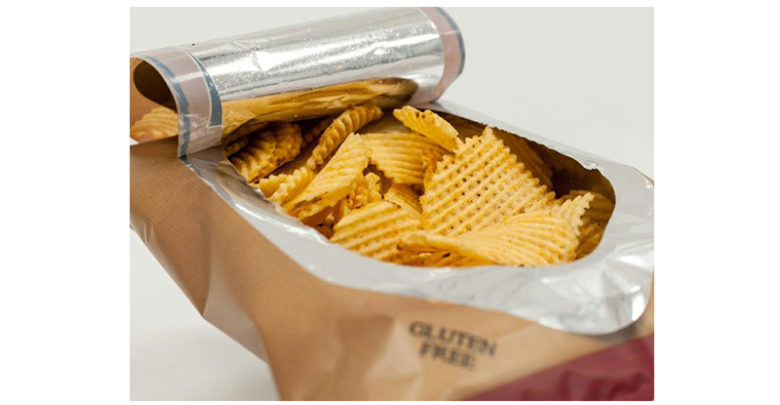The Unprecedented Growth of Resealable Films Market

The global resealable films market is estimated to be valued at US$ 4.8 Bn at the end of 2020 and is anticipated to surpass a valuation of US$ 7.4 Bn by the year 2030. Presently, due to the COVID-19 outbreak, the resealable film market is experiencing significant growth.
Moreover, changing lifestyles in emerging economies have resulted in a shift in preference for on-the-go consumption, mainly due to time constraints. New advancements in resealable films have led to the introduction of improved retort pouch designs for convenience food products. This is resulting in an ascending demand for resealable films. Furthermore, several characteristics such as convenience, ease of use, and efficacy are anticipated to drive sales in the resealable films market during the forecast period of 2020-2030.
Key Takeaways from Resealable Films Market Study
The global resealable film market is projected to create an absolute $ opportunity of more than US$ 2.5 Bn and anticipated to expand at a value CAGR of 4.4% during the forecast period.
By material, polyethylene terephthalate (PET) films are set to hold a share-wide market dominance with over 33% of the total market value by the end of the forecast period.
By layer, multilayer resealable films are projected to expand at a value CAGR of 3.2%, and be valued 1.9X than monolayer films by the end of 2020.
North America is projected to hold the maximum share in the global resealable market and is expected to grow 1.6X than South Asia & Oceania by the end of the forecast period.
By application, fresh produce packaging is projected to surpass a market valuation of US$ 1.9 Bn by the end of 2030.
“The ongoing COVID-19 pandemic has hit market players adversely on the supply side, causing declining sales of resealable films. However, increasing consumer inclination towards flexible packaging, aesthetically pleasing, and convenient products is expected to surge the growth of the global resealable films market over the coming years,” says a Fact.MR analyst.
Product Launches to Enhance Market Resiliency
Key players in the resealable films market are Amcor PLC., Uflex Limited, Sonoco Products Co., Flair Flexible Packaging Corporation, Plastopil Hazorea Company Ltd, Schur Flexibles Holding GesmbH, Winpak Ltd., Terphane, Coveris Taghleef Ind., Alto Packaging, Borealis AG, and Bemis Company, Inc., and others. Prominent market players are launching new products to increase their customer base in the global market. For instance,
In April 2019, Flair Flexible Packaging introduced a line of recyclable multi-layer laminated film pouches. Called ENVi™, these pouches are approved by the How2Recycle’s Store Drop-Off label program of the Sustainable Packaging Coalition (SPC). The How2Recycle® label clearly and concisely communicate to consumers how and where to recycle the pouch.
In 2019, Uflex Limited developed PET-based cold form blister, child-resistant, the fast fear tear strip foil and foil and branding solutions for the pharmaceutical industry in India. This product was launched for gaining market share with respect to pharmaceuticals as an end-use sector.
In 2019, Amcor PLC launched AmLite Ultra Recyclable, its first packaging product made from the company’s revolutionary sustainable high-barrier polyolefin film. This new high-barrier laminate can package a range of food, home and personal care, and pharmaceutical products, and be recycled in existing polyolefin recycling streams.
Fact.MR, in its new offering, presents an analysis of the global resealable films market, presenting historical demand data (2015-2020) and forecast statistics for the period of 2020-2030. The study divulges essential insights on the resealable films market on the basis of material (polypropylene, polyethylene (PE), polyvinyl chloride (PVC), polyamide, PET (APET, RPET, CPET) and others), thickness (12 – 18 MU, 18 – 23 MU, 23 – 36 MU, > 36 MU), application (monolayer, multilayer (3 layer, 5 layer, 7 layer, others), use case (cups, trays, cans, bottles, and jars) and application (meat, poultry seafood packaging, dairy product packaging, fresh produce packaging, bakery & confectionery packaging, beverage packaging, pharmaceutical packaging, personal care and cosmetic packaging, and others), across six major regions.






One Comment